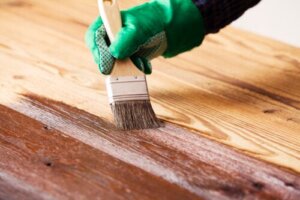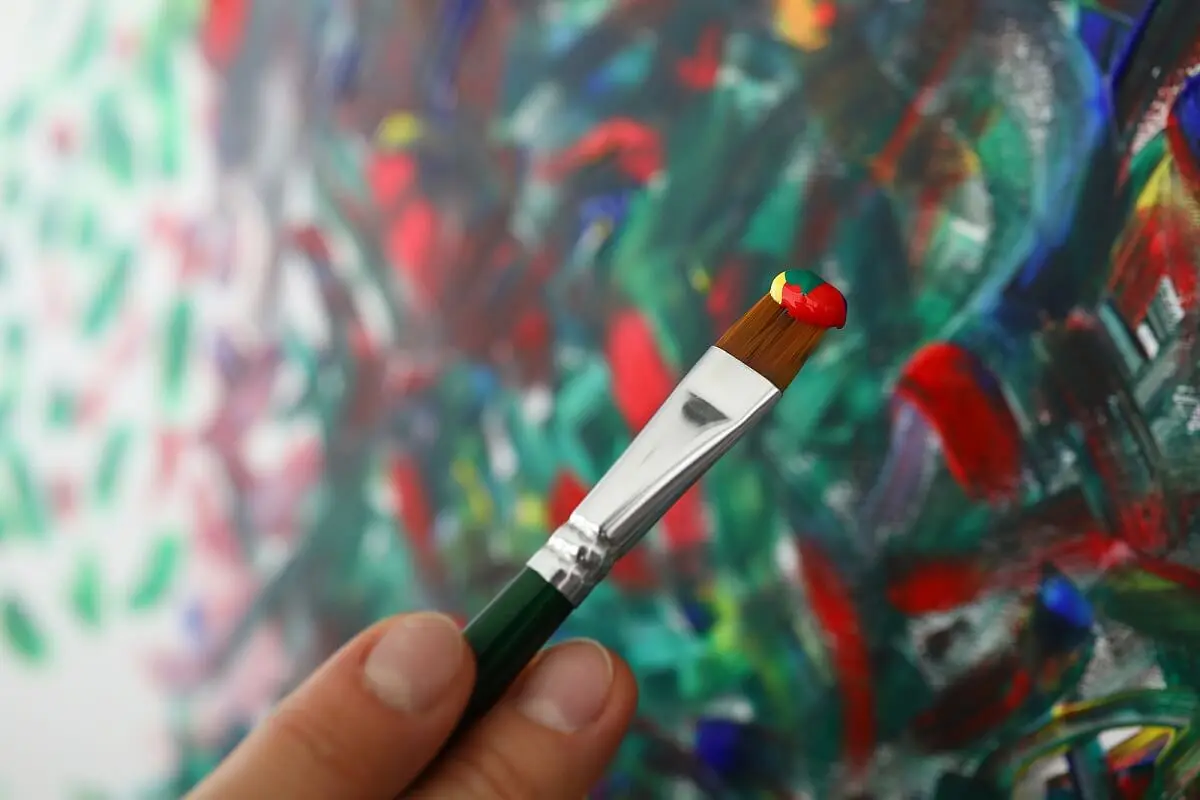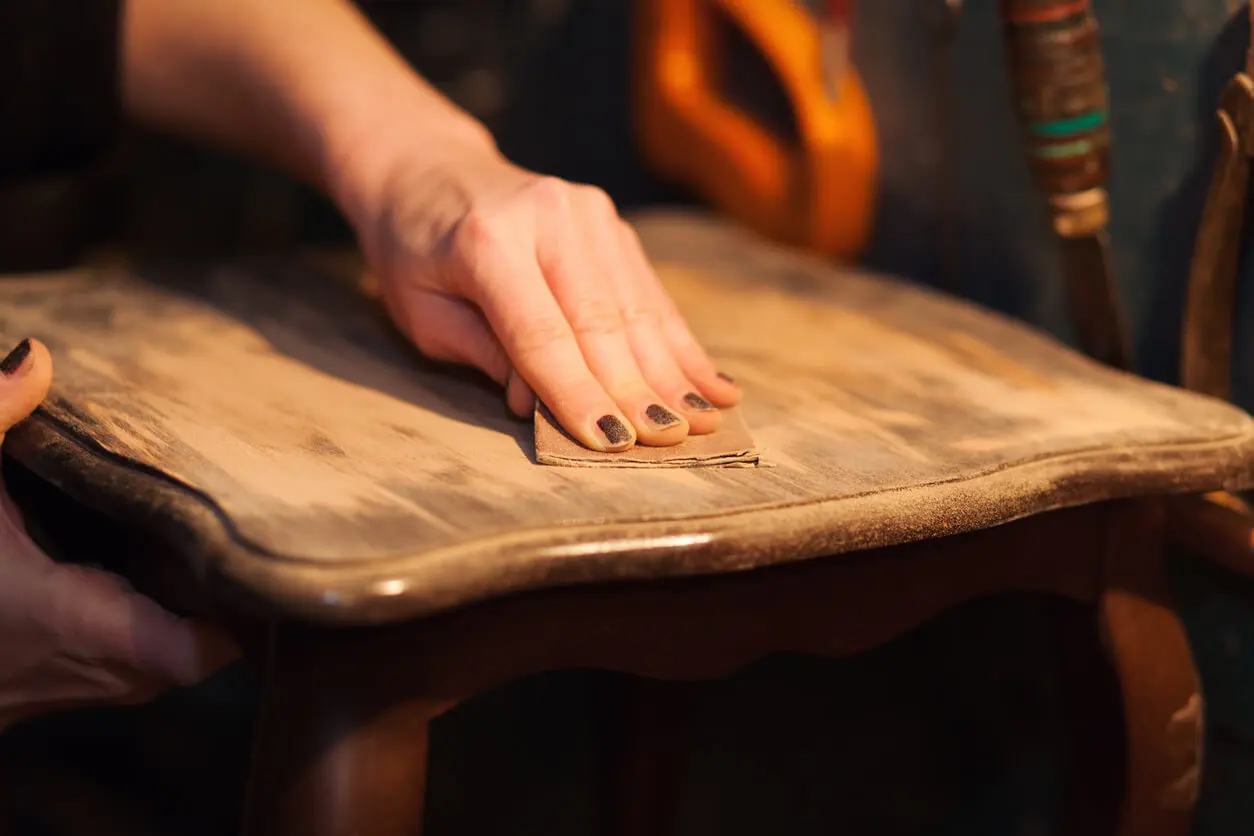What Is Bitumen of Judea and What Is It Used For?

If you’re taking your first steps in the DIY world, you may have already had to apply different techniques to the surfaces you’re working on. Bitumen of Judea is one of the most commonly used materials when it comes to remodeling furniture and other objects. In this article, we’ll tell you everything you need to know about it.
If you already have some, but you’re intimidated by its dark tone and haven’t dared to apply it to your furniture, then we can tell you that its appearance is totally different from the results that you get. In this article, we’ll take a look at what Judea bitumen is and how it can be used to achieve great finishes in your DIY work.
What is Bitumen of Judea?
Bitumen of Judea is a black substance derived from crude oil, which, when diluted in turpentine, can be used for restoration and do-it-yourself work. It can be applied to wood, ceramic bisque, and plaster, among other surfaces.
It has different uses and you can use it to achieve different effects in your work. For example, to give an aged look to wood, as well as to achieve a glazed or shiny effect on surfaces.
Also, Bitumen of Judea can be mixed with acrylic or water-based paints, and so it’s combinable with various DIY techniques. The only drawback is that it takes a long time to dry, so you’ll have to be patient to get the finished product.

What is it used for?
As mentioned, this bitumen is used to provide different finishes to crafts or renovations that you’re doing. Even though, on opening the bottle, you’ll see a black paste, when you apply it, the tone disperses and changes completely. However, if you want it to look even lighter, you can mix the bitumen with colorless wax paste.
It’s often used to give the final touch to your work. If you’re using wood, you’ll notice that, when you apply the Bitumen of Judea, the object will take on an aged look. In this way, you can cover imperfections in the material.
The main advantage is that, when it dries, you can continue applying acrylic or aqueous paint if you need to, in order to give it some finishing touches.
You can apply it with a brush or cloth, depending on the effect you want to achieve. For example, you could apply it on moldings, furniture legs, or carved areas to highlight them. Finally, remove the excess with a cloth, spread it towards the rest of the furniture or element until it’s completely removed.
You may be interested in: 7 Tips to Hang Pictures Without Ruining the Wall
Fixing furniture with Bitumen of Judea
If you work with wood and you’re restoring furniture, Bitumen of Judea shouldn’t be missing in your workshop. It’s very useful for repairing any imperfections or damages that the wood may have. If the surface has scratches and shallow holes, you can fill them with it.
For deeper damage, you can use hard wax or putty dyed with the same bitumen to achieve a dark tone. It’s important to remember that this material is for working on dark surfaces, because, no matter how much you can lighten it with the colorless paste wax, it will never become a completely light shade.
When you apply the Bitumen of Judea, you can shine the surfaces if you rub them with a cloth. You’ll achieve lighter areas by doing so.
Making glazes
This paste is ideal for making glazes and achieves a very special effect on the surfaces that you’re working on. Remember that the glazing technique consists of applying thin layers of paint (or bitumen, in this case) in such a way that the previous layers are still visible. The result is a smooth mixture of the colors that were added.
When you add the bitumen, you’ll notice how the color of the surface acquires a yellowish tone, which simulates an aged wood.
Curiosity: the name “Bitumen of Judea” comes from the place where this substance is found naturally. It’s located in the natural deposits of the Dead Sea, an area that, in ancient times, was called “Judea”. These days, it’s extracted from the distillation of petroleum.

You may be interested in: How to Paint Formica Furniture
Judea bitumen: a must in your DIY box
We hope that we’ve encouraged you to use this element in your DIY work, because you’ll soon see that you can get some very nice effects in the finishes. The best thing is that you don’t need to be an expert to use it, as the result you’re looking for is more rustic and imperfect. So, what’s keeping you?!
All cited sources were thoroughly reviewed by our team to ensure their quality, reliability, currency, and validity. The bibliography of this article was considered reliable and of academic or scientific accuracy.
- Rodríguez, A. R. (2008). Tríadas. Nuevas lecturas en ciencia y tecnología. Netbiblo.
- Guerrero, R. (1998). Escultura y bricolaje. Quark, 17, 7-10.
- Poggi, F. (2016). Bricolaje con madera. Parkstone International.
- Fernández, M. (2008). Las 10 claves del consumidor español de bricolaje. Distribución y consumo, (102), 89-93.
- Nuere, E. (2007). Madera, en restauración y rehabilitación. Informes de la Construcción, 59(506), 123-130.
This text is provided for informational purposes only and does not replace consultation with a professional. If in doubt, consult your specialist.








